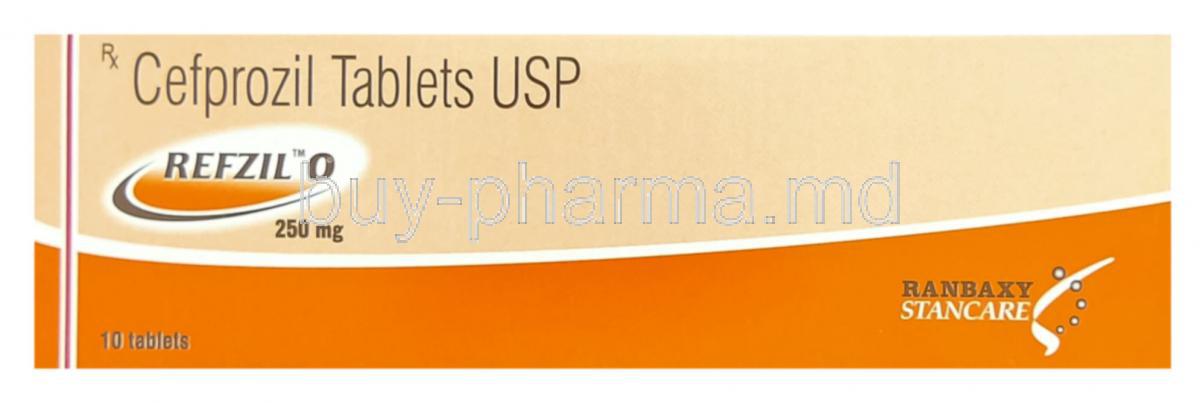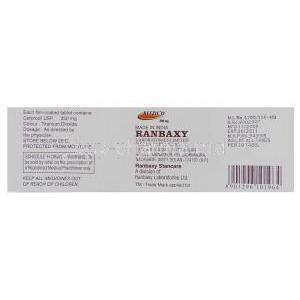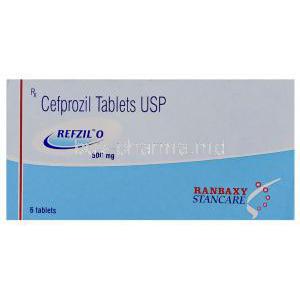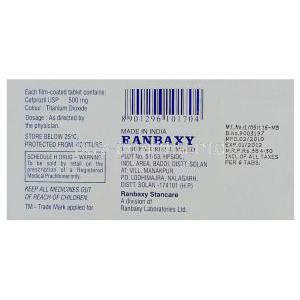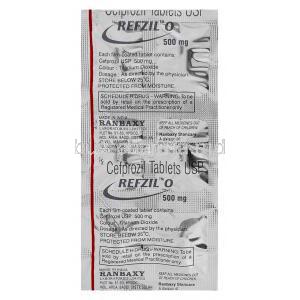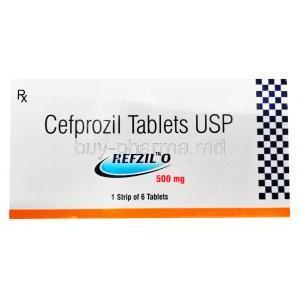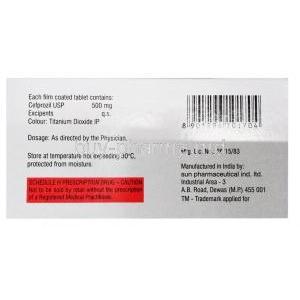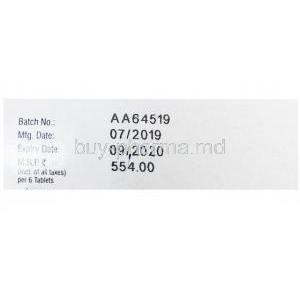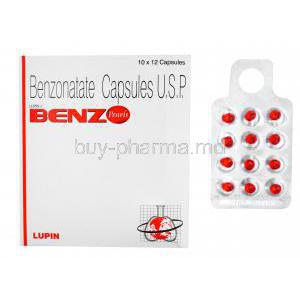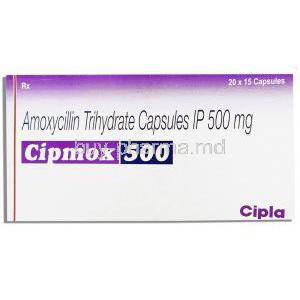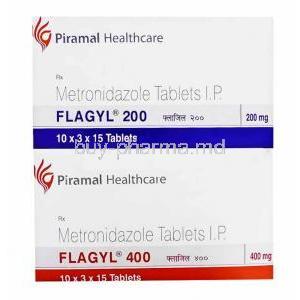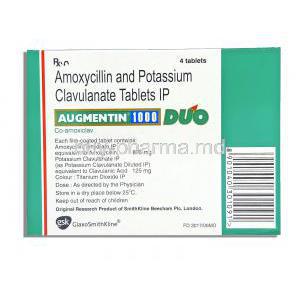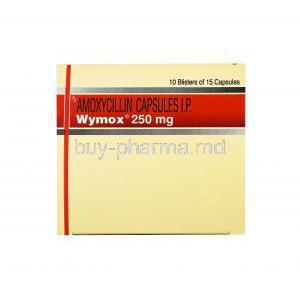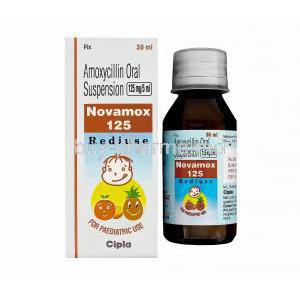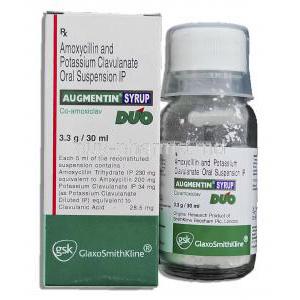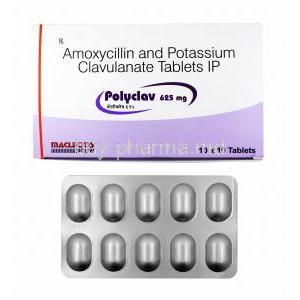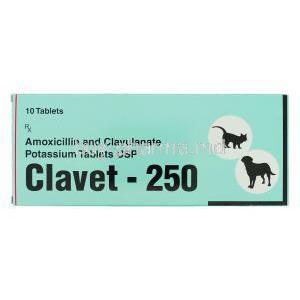Cefprozil
- I. Introduction
- II. Uses of Cefprozil
- III. How Cefprozil Works
- IV. Dosage and Administration
- V. Composition
- VI. Storage
- VII. Interaction
- VIII. Side Effects of Cefprozil
- IX. Off-label Use
- X. Warnings
- XI. Contraindications
- XII. Careful Administration
- XIII. Important Precautions
- XIV. Administration Specifics
- XV. Overdosage
- XVI. Handling Precautions
I. Introduction
Brief history and development of Cefprozil
Emerging in the annals of medicinal chemistry in the late 20th century, Cefprozil marks its footprint as a significant discovery in the antibiotic realm. Originating from the intensive research phase of cephalosporins, Cefprozil quickly distinguished itself for its potent antibacterial properties. Over the years, its efficacy and relative safety led to its endorsement by numerous healthcare professionals worldwide.
Classification and type of antibiotic
Cefprozil is categorized under the broader spectrum of cephalosporin antibiotics, specifically the second generation. Distinctly known for its bactericidal activity, it exhibits a superior ability to target gram-positive and gram-negative pathogens, placing it as an antibiotic of choice for many infections.
II. Uses of Cefprozil
Cefprozil, a trusted antibiotic, is highly effective against various bacterial infections. Its unique chemical composition is advantageous, especially when dealing with strains. However, it is crucial to follow a physician's guidance to prevent any development of antibiotic resistance. Specific Infections Treated;
1. Throat Infections; Cefprozil effectively treats pharyngitis and tonsillitis caused mainly by Streptococcus pyogenes.
2. Ear Infections; Otitis media, an ear ailment, often experiences significant symptom reduction after treatment with Cefprozil.
3. Sinusitis; This inflammation of the sinuses, usually caused by bacteria, responds well to Cefprozil treatment, ensuring recovery for patients.
4. Urinary Tract Infections; Cefprozil effectively neutralizes bacteria like Escherichia coli responsible for UTIs.
5. Skin Infections; Whether superficial abscesses or complex impetigo cases, Cefprozil is a strong defense against bacterial infections affecting the skin.
References:
- Cefprozil: Uses, Side Effects, Dosage & Reviews - GoodRx1
- Cefprozil Uses, Side Effects & Warnings - Drugs.com2
- Cefprozil: MedlinePlus Drug Information3
- Cefzil: Uses, Dosage, Side Effects & Warnings - Drugs.com4
III. How Cefprozil Works
Cefprozil works by stopping the synthesis of cell walls at a molecular level. It does this by blocking the activity of essential enzymes for building these walls. As a result, when bacteria try to grow and divide, their weakened cellular structure causes an imbalance in pressure, eventually leading to their death. This mechanism ensures that the structural integrity of cells is compromised, making them unable to survive. Cefprozil plays a role in preventing the synthesis of bacterial cell walls. By targeting penicillin-binding proteins (PBPs) found on the membrane, Cefprozil disrupts the final step in cross-linking peptidoglycan chains. This disruption harms bacteria as it leads to self-destruction and eventual death. Compared to cephalosporins, Cefprozil has a broader spectrum of activity. While first-generation cephalosporins primarily focus on gram bacteria, Cefprozil being from the second generation, is effective against gram-positive and specific gram-negative bacteria. Its pharmacokinetic properties also give it an advantage in clinical situations due to its oral bioavailability and longer half-life.
IV. Dosage and Administration
It is crucial to administer the dosage of Cefprozil for optimal therapeutic outcomes. The recommended dosage varies depending on the type and severity of the infection; Throat infections; Typically, you should take 250 mg every 12 hours. Ear infections; The standard dose is 375 mg every 12 hours. Sinusitis; Depending on the severity, the dosage can range between 250 and 500 mg. For tract infections, taking approximately 500 mg every 24 hours is usually advised. Skin infections; The prescribed regimen can be between 250 mg to 500 mg, depending on the nature of the infection. The duration of Cefprozil therapy may vary based on the presentation. In some cases, treatments last from 7 to 14 days. However, chronic conditions may require prolonged therapy. It is essential for patients to adhere to their treatment plan and regularly consult with healthcare practitioners for effective results. For absorption, Cefprozil can be taken with or without food. To ensure dosage, a calibrated measuring device for oral suspensions is recommended. Consistency in timing following the prescribed dose and completing the course of treatment (even if symptoms improve) will enhance therapeutic efficacy.
V. Composition
Cefprozils effectiveness mainly comes from its ingredient, Cefprozil monohydrate. Other essential components like cellulose, magnesium stearate, and sodium lauryl sulfate play a role in delivering and stabilizing the drug. Cefprozil is available in forms to suit different needs. Tablets for adults, usually in dosages of 250mg and 500mg, and an oral suspension with a pleasant taste that is commonly used for pediatric cases to make administration easier.

VI. Storage
Cefprozils effectiveness is influenced by how it's stored. It does best in dry conditions, preferably at room temperature, away from direct sunlight and moisture. Regarding suspensions, refrigeration after reconstitution helps extend its shelf life. While the tablets can be stored for up to 24 months, the oral suspension remains usable for 14 days after reconstitution. It's essential to follow expiration dates to ensure the effectiveness and safety of the drug. It is crucial not to consume expired Cefprozil as its therapeutic reliability decreases over time. Proper disposal should be done following pharmaceutical guidelines to ensure safe environmental discarding and keep it out of reach of children and pets.
VII. Interaction
Some medications can reduce the effectiveness of Cefprozil when taken together. It is essential to note the following interactions; Probenecid; Taking it with Cefprozil may increase the levels of Cefprozil in the blood. Diuretics; They have the potential to enhance the effects of antibiotics. Anticoagulants may have more substantial anticoagulant effects when used alongside Cefprozil. While Cefprozil generally has interactions with food, it is advisable to avoid consuming alcohol during treatment as it could potentially amplify side effects. It should be noted that Cefprozil might cause increases in liver enzymes, which could interfere with specific lab tests. Coombs tests may also produce positive results.
VIII. Side Effects of Cefprozil
Overview of side effects: Cefprozil can cause various side effects, like most antibiotics. While many are temporary and harmless, some require medical attention. a. Common Side Effects; issues; You may experience temporary nausea, vomiting, or diarrhea. Mild skin reactions; Occasionally, you might notice hives or redness that usually go away quickly. Headaches; Some patients may have headaches after taking the medication. b. Severe Side Effects; reactions; Seek immediate medical attention if you experience difficulty breathing, facial or lips swelling, or severe dizziness. Severe abdominal pain; Intense and persistent abdominal pain could indicate gastrointestinal effects. Blood disorders; Unusual bruising, bleeding, or signs of infection may indicate disturbances. Please consult your healthcare provider if you experience any concerning side effects while taking Cefprozil.
IX. Off-label Use
Sometimes medications are used in ways that agencies haven't officially approved. This is known as off-label use. In the case of Cefprozil, there have been instances where it has been prescribed for infections that are not explicitly mentioned in the guidelines. Several research studies have delved into the uses of Cefprozil beyond its approved indications. While these uses may not be widely accepted, initial findings show promise in nontraditional infectious situations, which calls for further thorough investigation.
References:
- Cefprozil Monograph for Professionals - Drugs.com1
- Cefprozil: MedlinePlus Drug Information2
- Cefprozil Oral: Uses, Side Effects, Interactions, Pictures … - WebMD3
X. Warnings
Certain groups of people have a risk of experiencing side effects from Cefprozil. This includes individuals who have had kidney problems, those who have had reactions to antibiotics before, and patients who are taking certain medications that could potentially interact negatively with Cefprozil. There are situations where the use of Cefprozil should be reconsidered. For example, if someone has had diarrhea after taking antibiotics which could indicate a condition called Clostridium difficile-induced colitis, or if someone has a history of uncertain allergies.
XI. Contraindications
Cefprozil should not be used in health conditions. It is strictly contraindicated in patients with hypersensitivity to the drug or its components. Individuals with a history of allergic reactions to other cephalosporins should also avoid its use. It is essential to consider the risks associated with disregarding these contraindications as it can lead to severe hypersensitivity reactions such as anaphylaxis (a life-threatening allergic reaction) or Steven Johnson syndrome (a severe skin reaction).
XII. Careful Administration
Dosage adjustments for patients with liver or kidney problems; Patients with issues with their liver or kidneys may need to adjust their medication doses. This often involves reducing the dosage to prevent the build-up of toxins in the body. Monitoring requirements for groups of patients; Certain groups, particularly those with chronic illnesses, may need regular laboratory tests to check their kidney and liver functions. These tests help ensure that the medication levels are safe and effective for their treatment.
XIII. Important Precautions
Understanding the issue of resistance and the significance of completing the entire course of treatment is crucial. When patients stop taking their antibiotics early, it not only puts the effectiveness of the therapy at risk but also strengthens the bacteria's ability to survive. Therefore it is essential to check if a patient has any allergies to cephalosporins before starting Cefprozil due to potential cross-reactivity.
XIV. Administration Specifics
a. Administration to Elderly
Dosage adjustments may be necessary for patients due to age-related physiological changes. These adjustments typically involve reducing the dosage to prevent any adverse effects. It is important to monitor elderly patients for any increased side effects, especially those related to gastrointestinal and renal issues, as their physiological reserves are often weaker compared to younger individuals.
b. Administration to Pregnant Women and Nursing Mothers
Based on animal studies, Cefprozil, which falls under Category B, has not shown any specific harm to the fetus. However, there is evidence from human studies. Therefore it is recommended to use caution when administering Cefprozil during pregnancy and carefully consider the risks versus benefits. Although Cefprozil does pass into breast milk, there have been no reported effects on nursing infants. However, breastfeeding mothers should be cautious and weigh the benefits against any risks.
c. Administration to Children
The recommended dosage of Cefprozil for children depends on their age and the severity of the infection. Considering their weight when calculating the dose to achieve optimal treatment results while minimizing potential side effects is essential. In general, Cefprozil is well tolerated by patients. However, there may be cases where they experience temporary gastrointestinal issues or develop rashes, typically resolved once the treatment is stopped.
XV. Overdosage
Signs of taking much Taking too much can cause more potent side effects, significantly affecting the stomach, like feeling sick, throwing up, or having diarrhea, and affecting the brain, like having seizures. What to do if you take much If you accidentally take too much, it's essential to get medical help immediately. Treatment is mostly about supporting your body and relieving symptoms. That might involve washing out your stomach or giving you activated charcoal, relieving any discomfort you're experiencing.

XVI. Handling Precautions
To ensure the handling and disposal of Cefprozil, it is important to follow proper storage guidelines like any other antibiotics. When it reaches its expiration date or is no longer needed, it should be disposed of in a way that doesn't contaminate water sources. Instead, it is recommended to use pharmaceutical disposal methods. Taking precautions to prevent ingestion or exposure to Cefprozil is crucial. Keep it out of the reach of children. Store it in its original packaging. Avoid sharing it with others well. Remember to wash your hands after handling the medication to avoid exposure.

